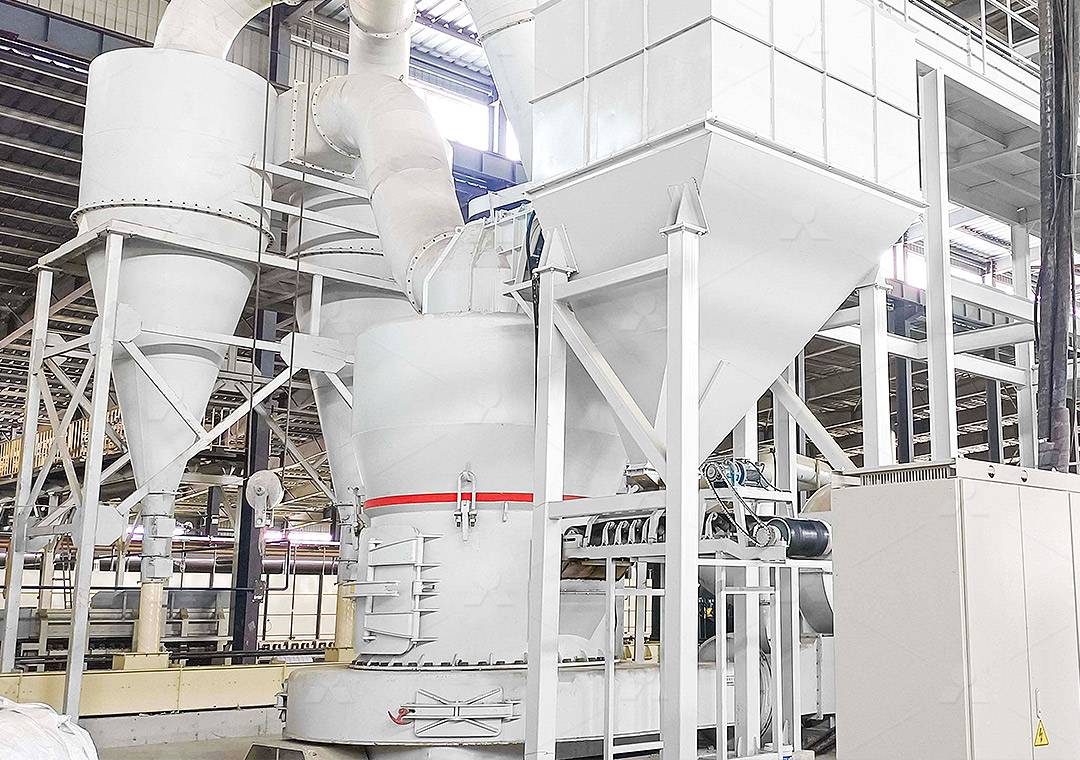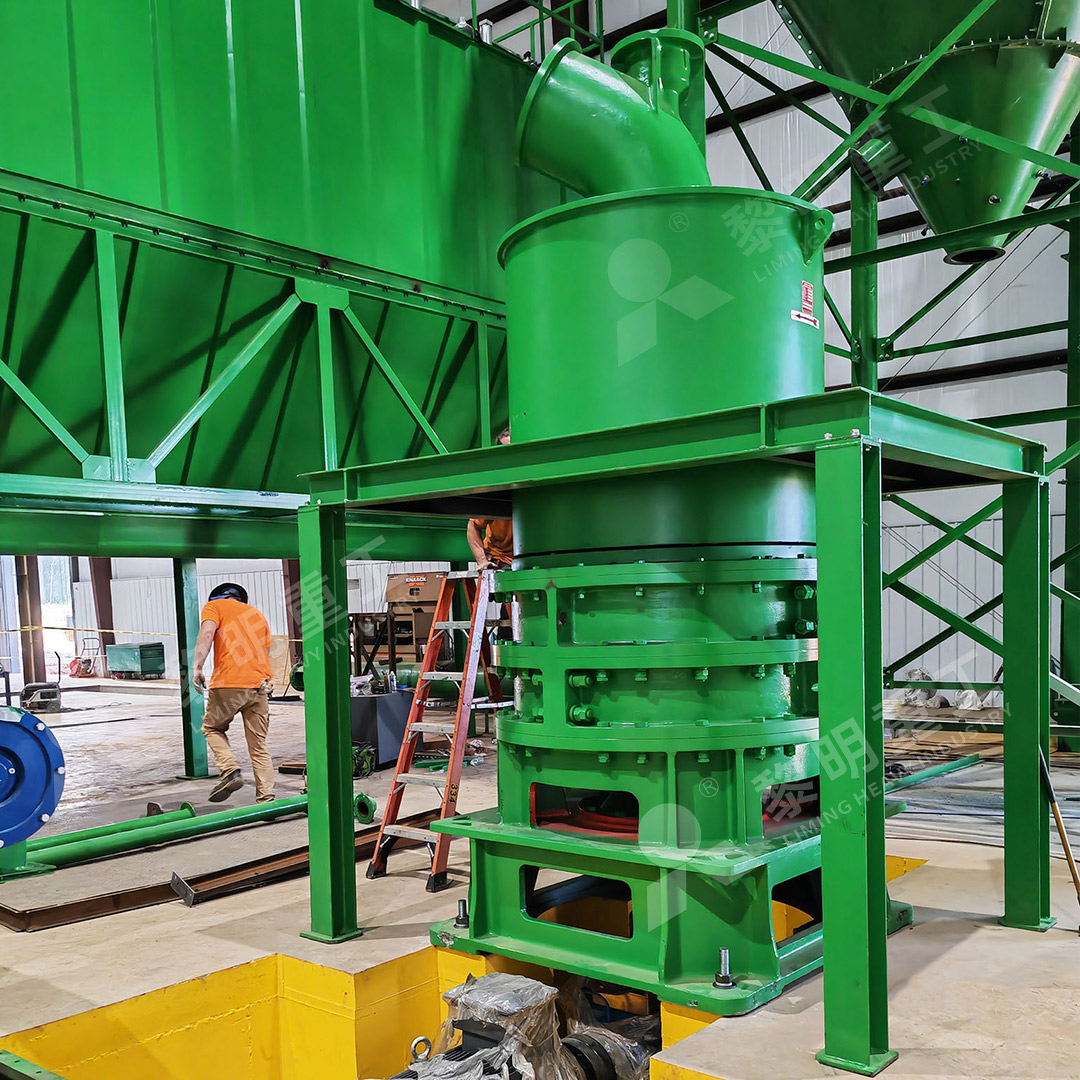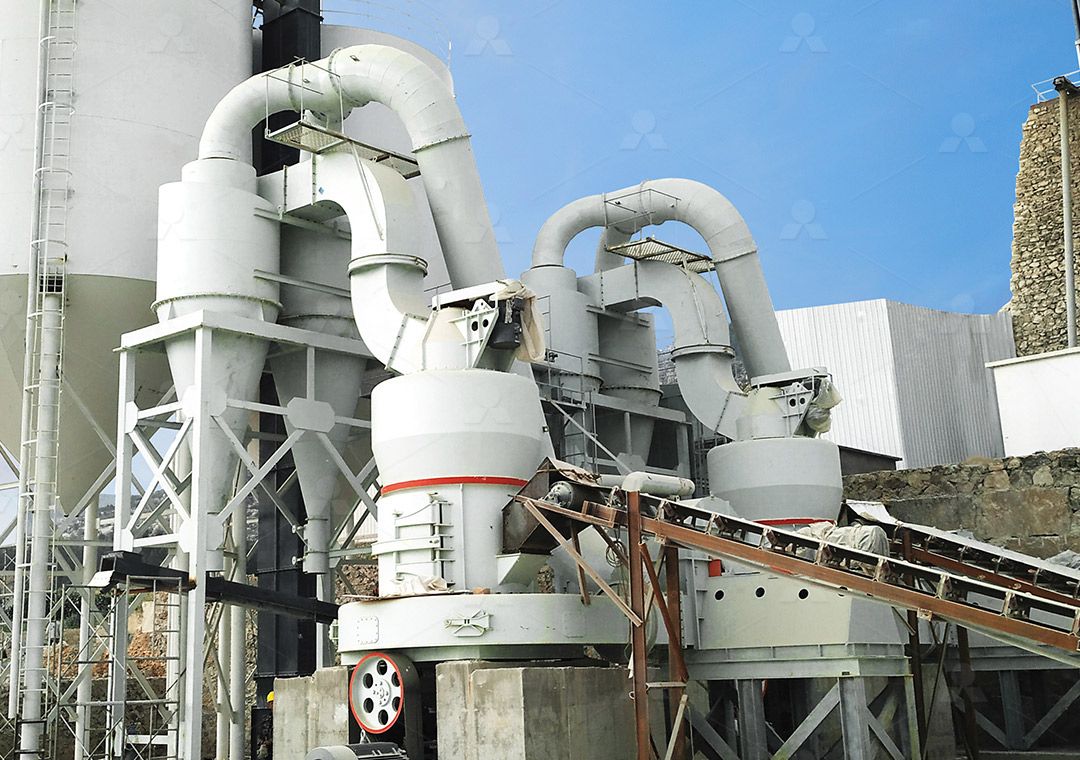How to Choose the Right Grinding Mill for Processing Stone Materials
How to Choose the Right Grinding Mill for Processing Stone Materials
Selecting the appropriate grinding mill for stone material processing is a critical decision that directly impacts your operation’s efficiency, product quality, and profitability. With numerous options available in the market, understanding key selection criteria can help you make an informed choice that aligns with your specific production requirements.
Key Factors to Consider When Selecting a Grinding Mill
The ideal grinding mill for your application depends on several crucial factors. First, consider the material characteristics—hardness, moisture content, abrasiveness, and initial particle size. Different stones like limestone, calcite, dolomite, or marble have varying grinding properties that respond differently to various mill types. Second, evaluate your required production capacity and final product fineness. Are you producing coarse aggregates or ultra-fine powders for specialized applications?
Third, assess your operational constraints, including available space, power consumption limitations, and environmental regulations. Modern grinding operations must balance production efficiency with environmental compliance, particularly regarding dust emissions and noise pollution.

Understanding Different Mill Technologies
The grinding mill market offers various technologies, each with distinct advantages. Traditional ball mills provide reliable performance for general applications but may lack energy efficiency for fine grinding. Raymond mills offer established technology with simple operation, while European trapezium mills deliver improved efficiency through advanced design features.
For operations requiring ultra-fine powders, specialized equipment becomes necessary. The MW Ultrafine Grinding Mill represents a significant advancement in this category. With an input size capacity of 0-20 mm and production rates ranging from 0.5 to 25 tph, this machine is engineered for customers requiring ultra-fine powder production. Its innovative design eliminates rolling bearings and screws in the grinding chamber, addressing common failure points in conventional mills.
What sets the MW Ultrafine Grinding Mill apart is its ability to produce powders ranging from 325 to 2500 meshes with precision, achieving d97≤5μm in a single pass. The integrated pulse dust collector and muffler system ensure environmentally friendly operation by minimizing dust and noise pollution—critical considerations for modern processing facilities.
Advanced Solutions for Specialized Applications
When processing demands extend beyond standard requirements, vertical grinding mills offer compelling advantages. The LUM Ultrafine Vertical Grinding Mill combines German powder separating technology with Taiwanese grinding roller innovations to deliver exceptional performance. Handling input sizes up to 10 mm with capacities between 5-18 tph, this mill integrates grinding, grading, and transporting functions into a single, efficient system.
The LUM mill’s unique roller shell and lining plate grinding curve design facilitates easier material layer formation, enabling high finished product rates through single-pass milling. This design significantly enhances grinding efficiency while improving the whiteness and cleanliness of final products—particularly important for applications in cosmetics, pharmaceuticals, and high-value industrial minerals.

Making the Final Decision
Your final mill selection should balance technical specifications with operational practicality. Consider not only the initial investment but also long-term operating costs, maintenance requirements, and spare parts availability. Manufacturers that provide comprehensive technical support and genuine spare parts can significantly reduce downtime and ensure consistent production quality.
For operations prioritizing ultra-fine powder production with environmental compliance, the MW Ultrafine Grinding Mill offers a compelling solution. Its higher yielding capacity at lower energy consumption—producing 40% higher capacity than jet grinding mills with only 30% of the energy consumption—makes it an economically and environmentally sound choice.
Similarly, the LUM Ultrafine Vertical Grinding Mill’s reversible structure simplifies maintenance operations, while its double position-limiting technology ensures operational stability even under challenging conditions. These features translate to reduced downtime and higher overall equipment effectiveness.

Frequently Asked Questions
What is the most important factor when choosing a grinding mill for limestone?
The required fineness of the final product is typically the primary consideration. For coarse to medium grinding, traditional mills may suffice, but for ultra-fine applications (above 325 meshes), specialized equipment like the MW Ultrafine Grinding Mill becomes necessary.
How does the MW Ultrafine Grinding Mill achieve higher energy efficiency?
The MW mill incorporates newly designed grinding curves of the grinding roller and ring that enhance grinding efficiency. Additionally, the absence of rolling bearings and screws in the grinding chamber reduces mechanical resistance and potential failure points, contributing to lower energy consumption.
Can the same grinding mill process different types of stone materials?
Many modern mills, including both the MW and LUM models, are designed to handle various non-metallic minerals. However, optimal performance may require adjustments to grinding pressure, rotor speed, or separator configuration based on material characteristics.
What environmental features should I look for in a grinding mill?
Essential environmental features include efficient dust collection systems (like pulse dust collectors), noise reduction technology (such as mufflers and noise elimination rooms), and systems that operate under negative pressure to prevent dust spillage. Both the MW and LUM mills incorporate these features as standard.
How important is after-sales support when selecting a grinding mill manufacturer?
Extremely important. Regular maintenance, genuine spare parts availability, and technical support significantly impact long-term operational reliability. Choose manufacturers that offer comprehensive service packages and maintain adequate spare parts inventories.
